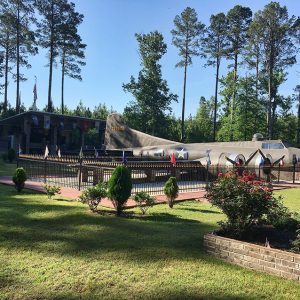 B-17 Memorial
B-17 Memorial
Time Period: Divergent Prosperity and the Arc of Reform (1968 - 2022) - Starting with B
 B-17 Memorial
B-17 Memorial
 B-25 Bomber
B-25 Bomber
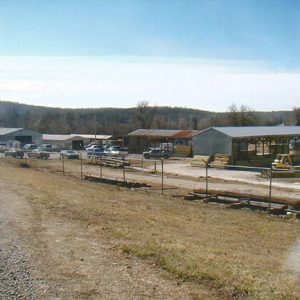 B&B Supply
B&B Supply
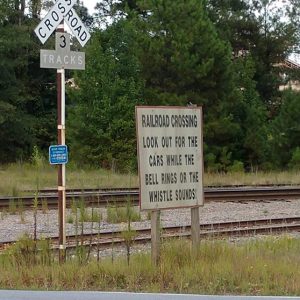 B&N Railway
B&N Railway
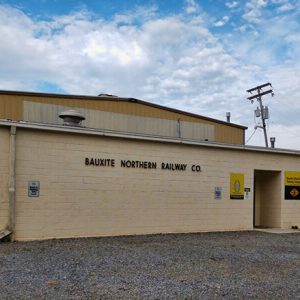 B&N Railway Depot
B&N Railway Depot
 B&N Railway Sign
B&N Railway Sign
Babbie, Earl Robert
Babbitt, Wayne Hubert
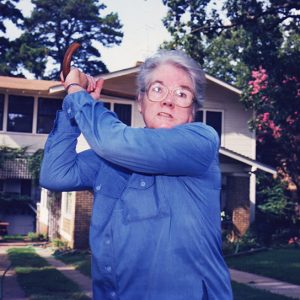 Lucy Babcock
Lucy Babcock
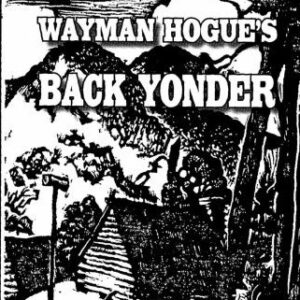 Back Yonder, An Ozark Chronicle
Back Yonder, An Ozark Chronicle
 Back Yonder, An Ozark Chronicle
Back Yonder, An Ozark Chronicle
Back-to-the-Land Movement
Bacon, Nick Daniel (Nicky)
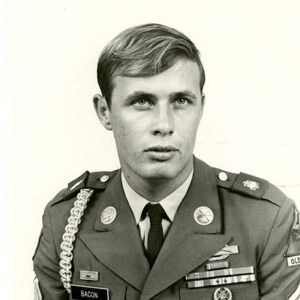 Nicky Bacon
Nicky Bacon
 Bacon, Rockefeller, and Britt
Bacon, Rockefeller, and Britt
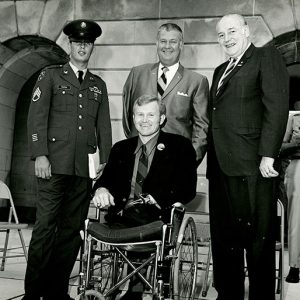 Bacon, Colley, Britt, and Rockefeller
Bacon, Colley, Britt, and Rockefeller
 Bailey Center
Bailey Center
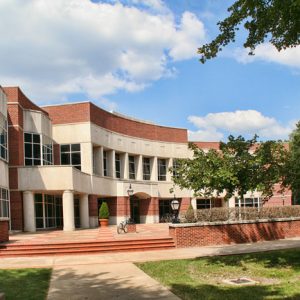 Bailey Library
Bailey Library
Bailey, James Clayton (Jim)
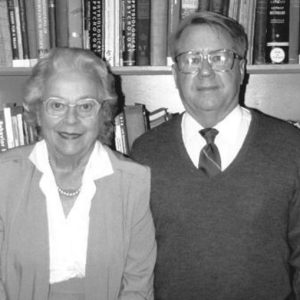 Marian and Bob Bailey
Marian and Bob Bailey
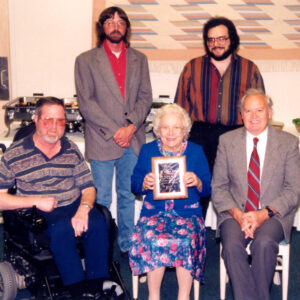 Marian Breland Bailey Retirement
Marian Breland Bailey Retirement
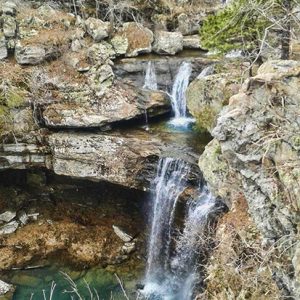 Bailey's Pour Off
Bailey's Pour Off
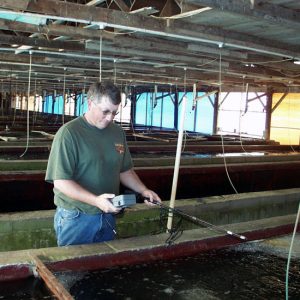 Baitfish Vat
Baitfish Vat
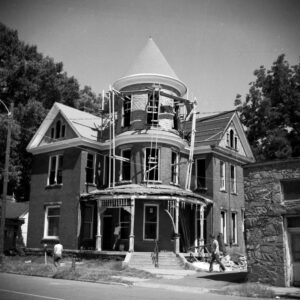 Baker House Repairs
Baker House Repairs
Baker, Oliver Keith
 Oliver Baker
Oliver Baker
 Bald Eagle
Bald Eagle
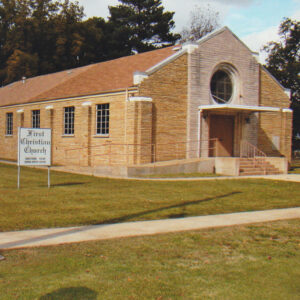 Bald Knob Church
Bald Knob Church
 Bald Knob Flood
Bald Knob Flood
Bald Knob National Wildlife Refuge
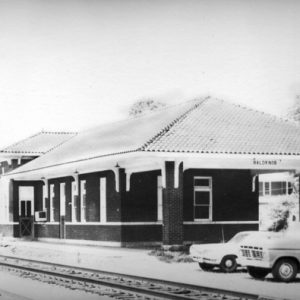 Bald Knob Train Depot
Bald Knob Train Depot
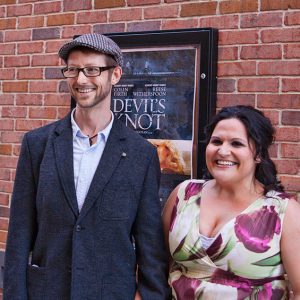 Jason and Holly Baldwin
Jason and Holly Baldwin
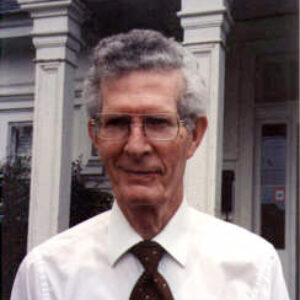 James David Bales
James David Bales
Bales, James David
aka: J. D. Bales
 Balloon Ascension
Balloon Ascension
 Baltimore Checkerspot
Baltimore Checkerspot
Band Museum
 Band Museum
Band Museum
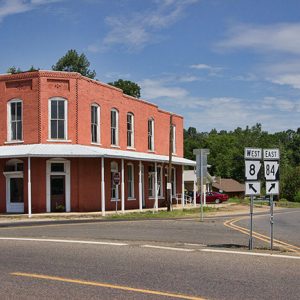 Bank of Amity Building
Bank of Amity Building
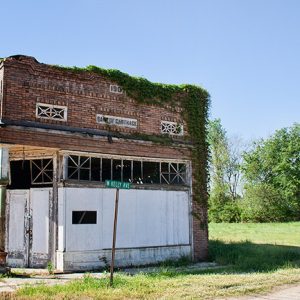 Bank of Carthage
Bank of Carthage
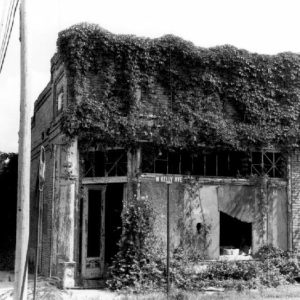 Bank of Carthage
Bank of Carthage
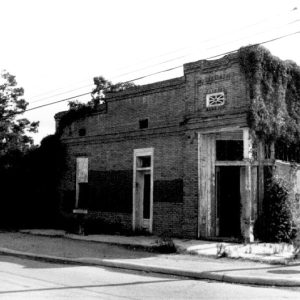 Bank of Carthage
Bank of Carthage
 Bank of Carthage
Bank of Carthage
Bank of Eureka Springs Museum
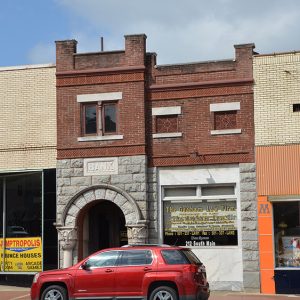 Bank of Malvern
Bank of Malvern
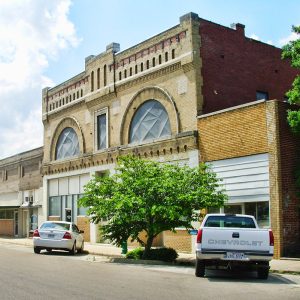 Bank of Osceola
Bank of Osceola
Bank OZK
 Banks Home
Banks Home
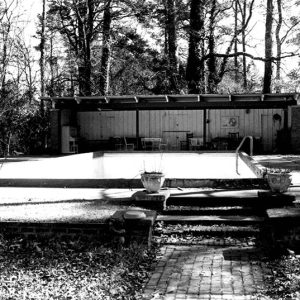 Banks Swimming Pool
Banks Swimming Pool
 James Banks
James Banks




